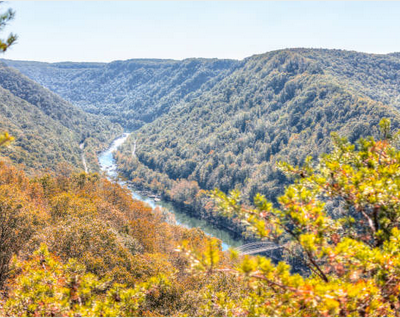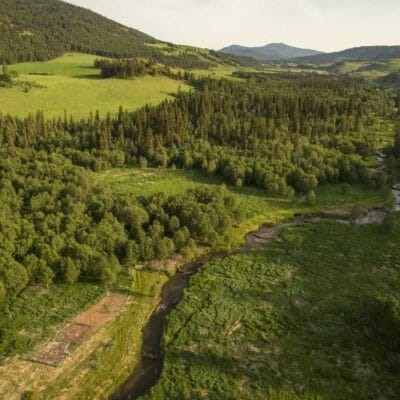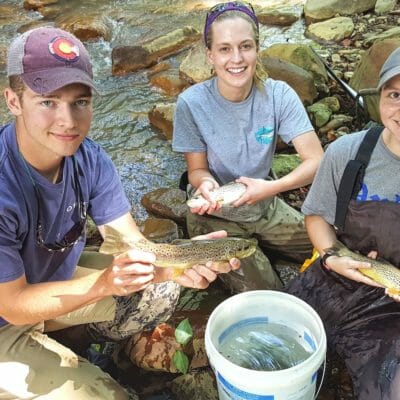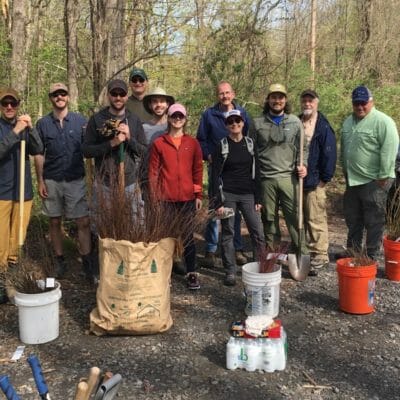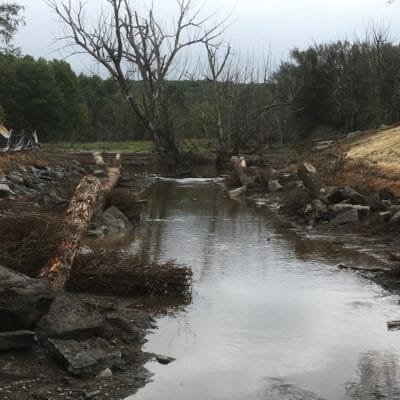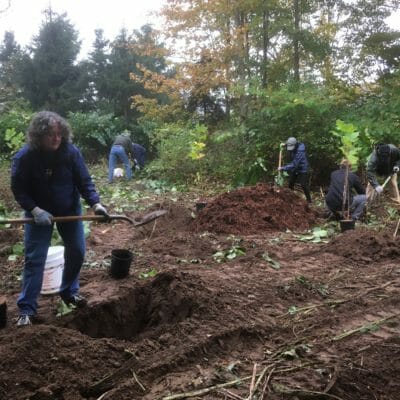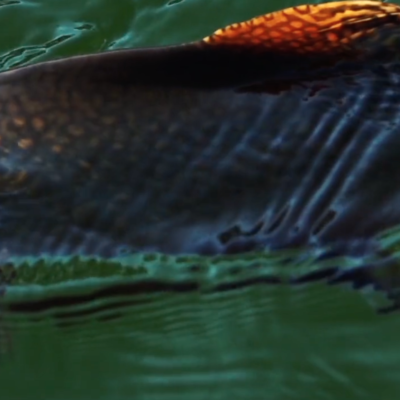by Chris Wood | January 23, 2019 | Conservation
By Chris Wood “Good riddance. Think of all of the money we are saving.” I looked at Max in exasperation. He is one of the most hard-core sportsmen I know. I have hunted for whitetail with him in driving rainstorms in West Virginia, and stalked catfish on the Potomac using hummus-impregnated Clouser-minnows. He is a…
by Brennan Sang | January 23, 2019 | Conservation
By Crystal Elliot What do watershed resilience, high-quality fish habitat and sustainable water supplies look like in the Intermountain West? Probably much like it did before western expansion and trapping decimated North American beaver populations in the 19th century. Once numbering in the hundreds of millions, beavers played a principal role in how water moved and…
by Mark Taylor | January 23, 2019 | Conservation
By Rob Shane At the January meeting of the Pennsylvania Fish and Boat Commission, 95 stream sections were approved for Wild Trout (69) and Class A (26) designations. These streams, including a section of the famed Spruce Creek in Huntingdon County, will now receive upgraded levels of protection from development and wastewater discharge. During the…
New York City Chapter Members gather after planting along the Amawalk River in Westchester, NY. By Tracy Brown Since 2017, Trout Unlimited has partnered with the Arbor Day Foundation to plant close to 10,000 native trees along priority trout streams in New York rivers. New York chapters have organized and implemented more than 30 volunteer…
by Mark Taylor | January 23, 2019 | Conservation
By Tracy Brown Trout Unlimited’s Columbia-Greene Chapter helped to remove two stream barriers in eastern New York, allowing native brook trout and other creek-dwelling creatures to access miles of cold water habitat. One of the projects involved removing an antiquated culvert on the Town of Chatham’s railroad bed, allowing Green Brook (above) to reestablish its…
by Mark Taylor | January 23, 2019 | Conservation
Volunteers help plant trees along Willowemoc Creek at the Catskill Fly Fishing Museum and Center. By Tracy Brown In celebration of the stunning Catskill fall, volunteers from the communities of Livingston Manor, Roscoe and Walton, N.Y., along with members of Trout Unlimited, recently gathered on the banks of the Willowemoc River to plant trees. “Fall is the perfect time of year…
by Chris Hunt | January 23, 2019 | Video spotlight
Say what you will about far-flung fishing adventures … that they’re not worth the carbon footprint they create, or that they’re the fool’s errand for anglers with more money than sense … but the search for massive brook trout in the farthest reaches of Patagonia has a certain romance to it. And now, the full…
